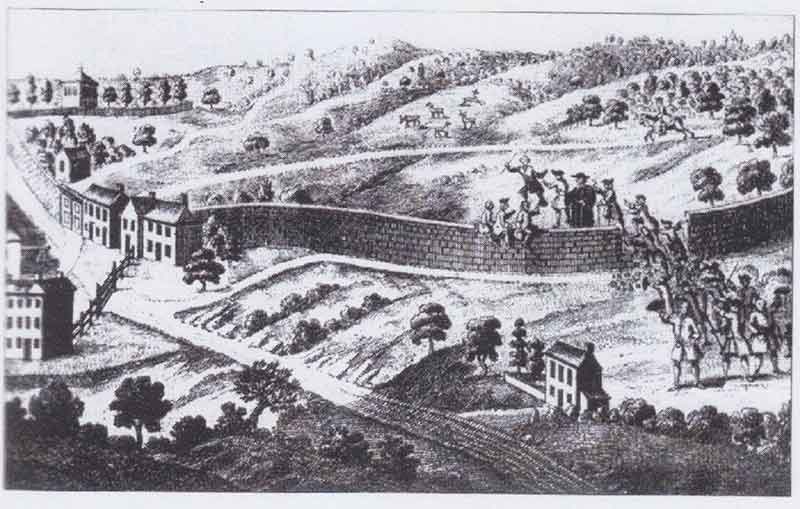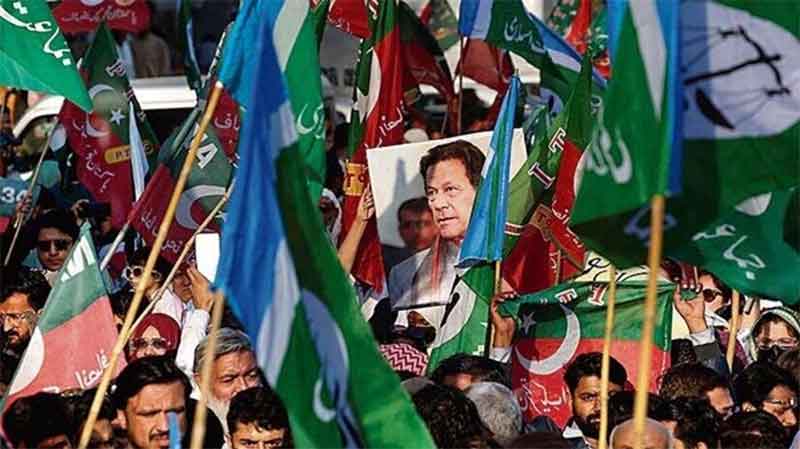
United States’ “command” over boosting as well as punching egos at certain diplomatic levels cannot be ignored. Of late, this diplomatic strategy with “punches” directed at third parties appears to have surfaced quite prominently. It is possible, France has chosen to exercise the same strategy as United States in extending diplomatic warmth towards India. Soon after Indian Prime Minister Narendra Modi’s visit to US as a state guest, he will be the guest of honor at annual Bastille Day Parade in Paris on July 14. Interestingly, Modi will be the first foreign leader in this Parade during French President Emmanuel Macron’s present term. Irrespective of the degree both invitations contribute to strengthening the two countries’ respective ties with India, apparently both the governments’ diplomatic moves are suggestive of their taking these steps to display special cordiality towards Modi. The two governments seem to have probably taken fairly shrewd note of the importance Modi accords to his “image.” Of course, there is no denying that this strategy is paid attention to by practically all leaders, particular politicians. But where Modi is concerned, as particularly suggested by importance he appears to give to nature of his dresses and other moves to promote his “image,” nationally as well as diplomatically, he seems to be in the lead on this front. It appears, recognizing this as a weak/strong point of Modi’s “nature,” the two countries- United States and France – have not refrained from tapping on it, that of inflating his “ego,” diplomatically.
Besides, Modi’s “body-language” during his diplomatic interaction with other leaders- particularly the western – has not been ignored by them. This includes “importance” he has apparently accorded to what has been labelled as his “hug-diplomacy.” Interestingly, his “hug-diplomacy,” nature of his “hand-shakes” and such moves have been primarily confined to the diplomatic front. Where national politicking is concerned, the distance he seems to have displayed while interacting with other leaders can’t be ignored. Compared to the “smile” he displays on the diplomatic front, usually without it, his grim expression of being up above others seems to stand out at home.
It is debatable, whether such diplomacy adds any weight to claims about Modi’s “56-inch chest” as his foreign tours carry little/no importance for majority of Indian voters feeling the burden of their economic woes. But this hardly matters for his hosts who seek to convince their voters about economic benefits for them by “strengthening” ties with India.
Of course, the nature of India’s bilateral ties is not confined to diplomatic importance given to leaders’ egos. There is probably yet another aspect which cannot be ignored from Washington’s perspective- that of trying to create diplomatic disturbances for Russia. Certainly, Russian leader Vladimir Putin has not been ignorant of Modi’s moves in his rivals’ camp. Given that Modi’s trips to both United States and France are not suggestive of any major breakthrough in India’s relations with these two countries, the diplomatic message apparently conveyed by them cannot be ignored. These visits’ priority is further strengthening of India’s ties with the two countries. From this angle, diplomatic strategy of Washington and Paris – apparently marked by boosting Modi’s ego – probably aims to pinch Putin’s diplomatic ego. Diplomatic drama about hosting Modi as a state-guest may be viewed as a scene of this stage-show.
To a degree, a similar strategy is reflected in attempts made to display United States and its allies’ support for Ukraine by trying to boost Ukrainian President Volodymyr Zelenskyy’s ego. Western leaders and largely media seem to be going overboard in assuring the world and Ukrainians about their “assured victory.” So far, this has certainly contributed to continuity of the war and as desired by the West, problems for Putin. If nothing else, continuity of the conflict certainly spells pinching of Putin’s diplomatic ego, particularly for Russian rivals. Here, one is compelled to reflect on whether recent attempts being made by United States towards creating a better image of its ties with China should be viewed from the same perspective. Perhaps yes, at least partly, as this angle cannot be ignored from the manner in which United States moves diplomatically, to hit out and/or reach out. The present phase seems definitely marked by Washington giving importance to diplomatic steps not simply for strengthening and/or improving strained ties but also using the same moves to try deflating Russian confidence, specifically Putin’s ego.
Diplomatic strategies of this nature are certainly not directed in only one direction. During the present phase, priority probably being given by United States and its allies to try cornering Russia in its own camp cannot be ignored. They have yet to succeed totally on this front. In addition to “ego-aspect” of their diplomatic strategies, focus on economic ties and so forth remain their priorities. And are likely to remain so where their bilateral ties with India are concerned. At the same time, if anti-Russian diplomacy – owing to Ukrainian war- did not concern them, in all probability the question of hitting out at Putin’s “ego” would not have been even considered by them. Nor would they have been probably prompted to go overboard towards trying to boost Modi as well as Zelenskyy’s “ego” diplomatically.
Diplomatic punches whether in air, through media or other means do get noticed by parties they are directed at. United States, France and their other allies are probably more concerned about such diplomatic strategies’ anti-Putin aspect than about whether the same please Modi/India or not. This point deserves attention in context of United States’ ambassador to India Eric Garcetti having recently expressed concern about violence and killing in Manipur, a state in Northeast India. Emphasizing that this was an “issue of human concern,” he said that United States stands “ready to assist in any way if asked.” Deliberating on political reaction to his comments would be a different issue. However, that these comments were made soon after Modi’s US visit was described as meeting of two great democracies cannot be sidelined. They were perhaps deliberately made to dispel criticism about US not having not taken a strong stand regarding human rights, etc. during Modi’s visit. This also raises the question, whether this adds credence to the point made about invitation extended by certain powers to Modi being apparently directed to boost his ego with the hope of punching that of Putin? One is tempted to say, perhaps, yes!
Nilofar Suhrawardy is a senior journalist and writer with specialization in communication studies and nuclear diplomacy. She has come out with several books. These include:– Modi’s Victory, A Lesson for the Congress…? (2019); Arab Spring, Not Just a Mirage! (2019), Image and Substance, Modi’s First Year in Office (2015) and Ayodhya Without the Communal Stamp, In the Name of Indian Secularism (2006).














































